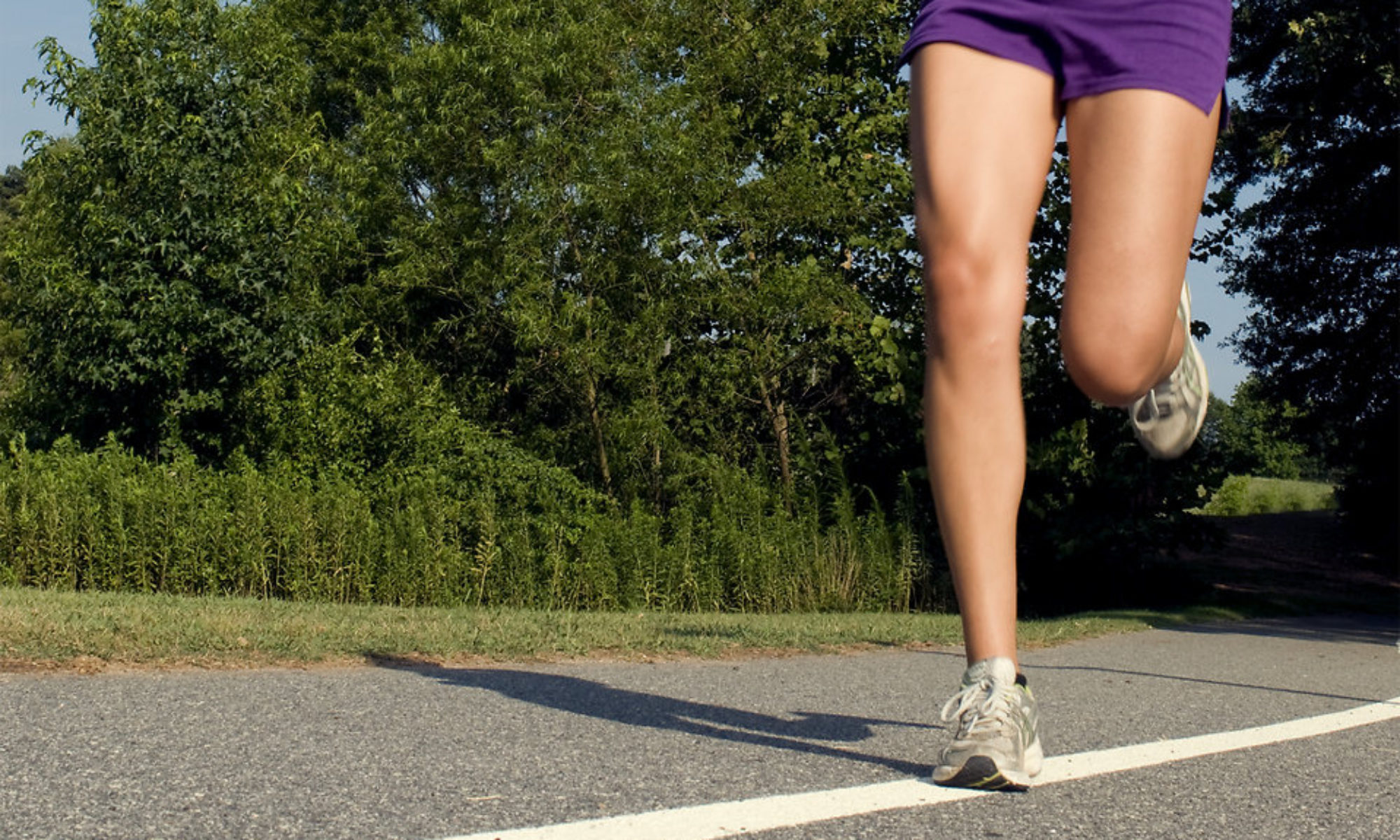IASTM or Instrument Assisted Soft Tissue Mobilization, Graston Technique, and other forms of soft tissue manipulation are manual therapy techniques. These treatment methods involve the clinician using an instrument or tool to affect soft tissue changes in the body. Often this involves scraping, rubbing, and massage like actions over the involved tissue and underlying fascia. As a result, more blood and nutrients are brought to the area and tissue healing is improved.
Dr. Erik Reich demonstrates IASTM for pain and restriction at the base of the thumb.
How Does It Work?
Graston Technique and other forms of IASTM work as a form of deep tissue massage. These techniques have been studied and show some benefit for certain conditions in the scientific literature. Therefore, through a process of stimulating the fascia and cellular matrix, it is potentially remodeling the tissue for increased elasticity, better organization of connective tissue, increased blood flow, and pain relief.
During IASTM or Graston Technique treatment, the provider uses an instrument or tool to glide over the skin at the involved site of discomfort or dysfunction after applying an emollient to reduce friction. After that, exercise or another active rehabilitation protocol should be employed to capitalize on any improvement in range of motion or reduction in pain to the site.
What Are The Benefits of IASTM?
Some of the benefits associated with this form of soft tissue therapy are increased blood flow and healing, pain reduction, and increased range of motion or mobility. In other words, by stimulating the fascia and connective tissue through the use of an instrument or tool, changes are made to how your brain perceives the involved area, and signals are sent from the brain to the area. Also, local changes in the fascia and cellular matrix at the site of the therapy are possibly taking place to improve circulation and improve healing time, and increase suppleness of the tissue.
Are There Side Effects to Graston Technique or IASTM?
Side effects to IASTM are rare and usually minor, typically mild soreness at the site of the therapy. You may notice small red dots appear at the surface of the skin at and around the area of treatment. However, these petechiae (red streaks) or bruising are not the goal of treatment, although they may appear after a session and cause some discomfort. Soreness can linger for 1-2 days after a treatment, and you should contact your clinician or doctor if more serious side effects are felt.

If you are suffering from a recent soft tissue injury and would like to see if IASTM can benefit you, give Dr. Erik Reich a call at Omni Physical & Aquatic Therapy Center, Inc. in Meriden, CT for an appointment at (203)235-0171.
